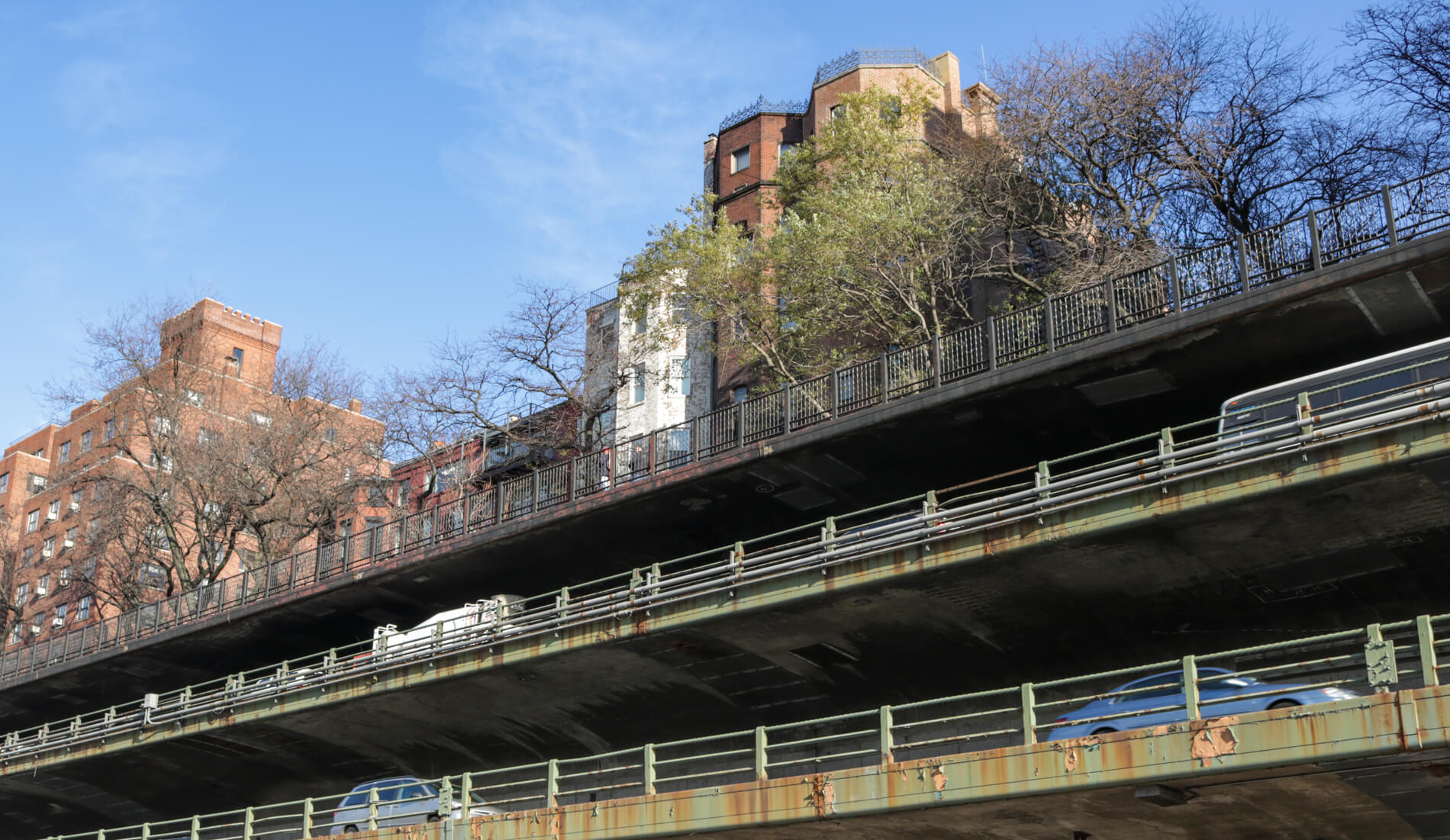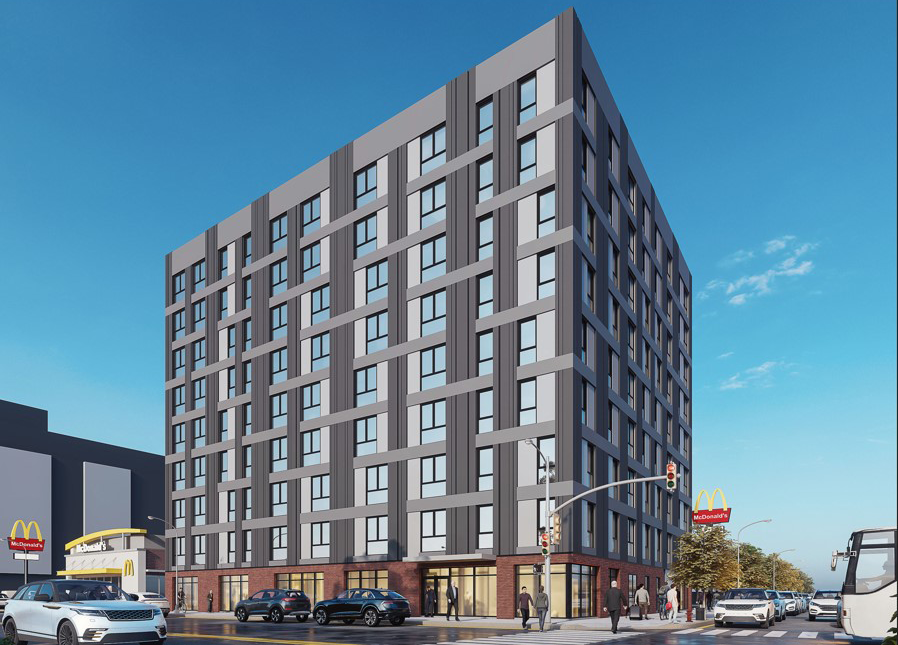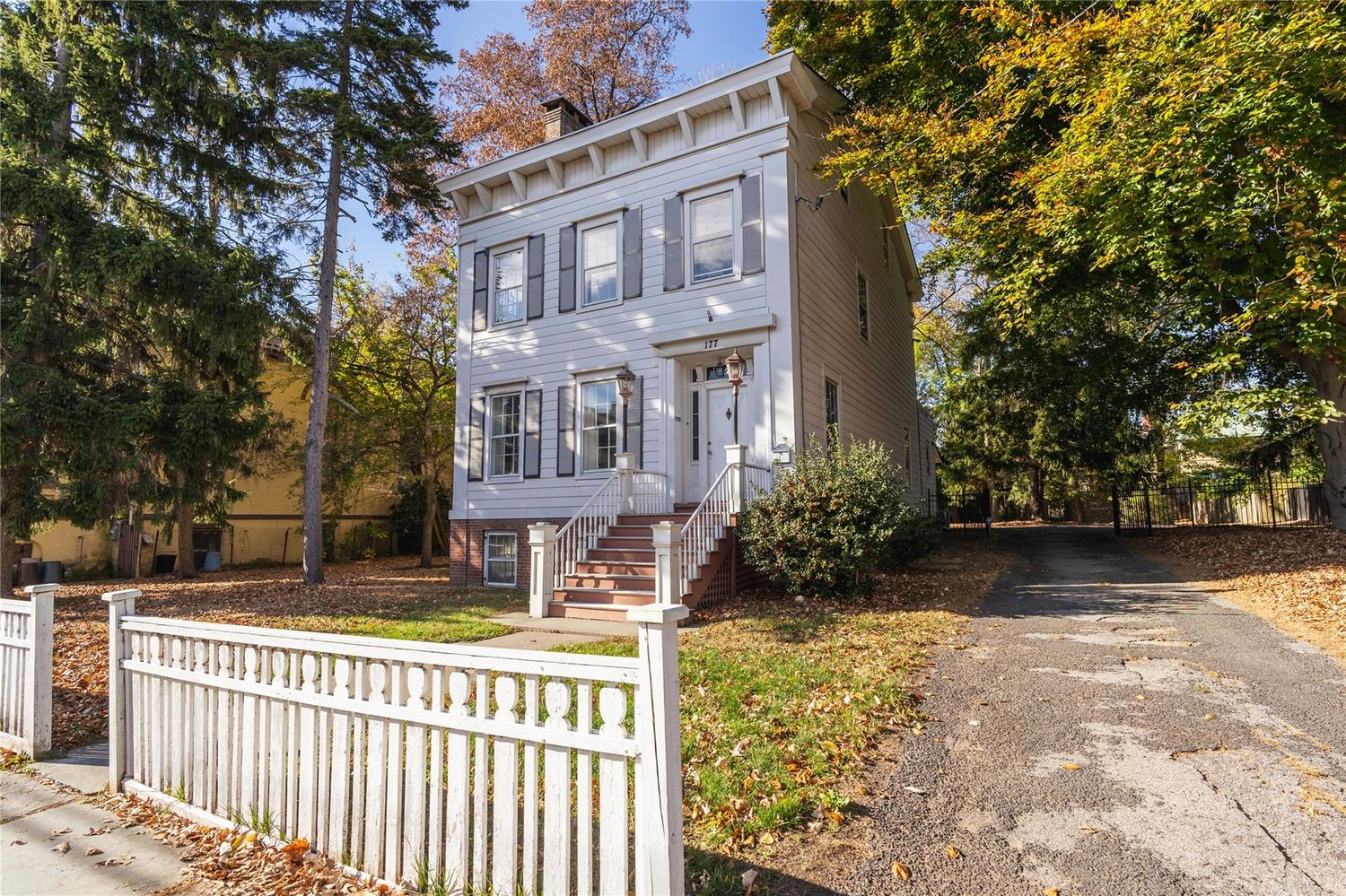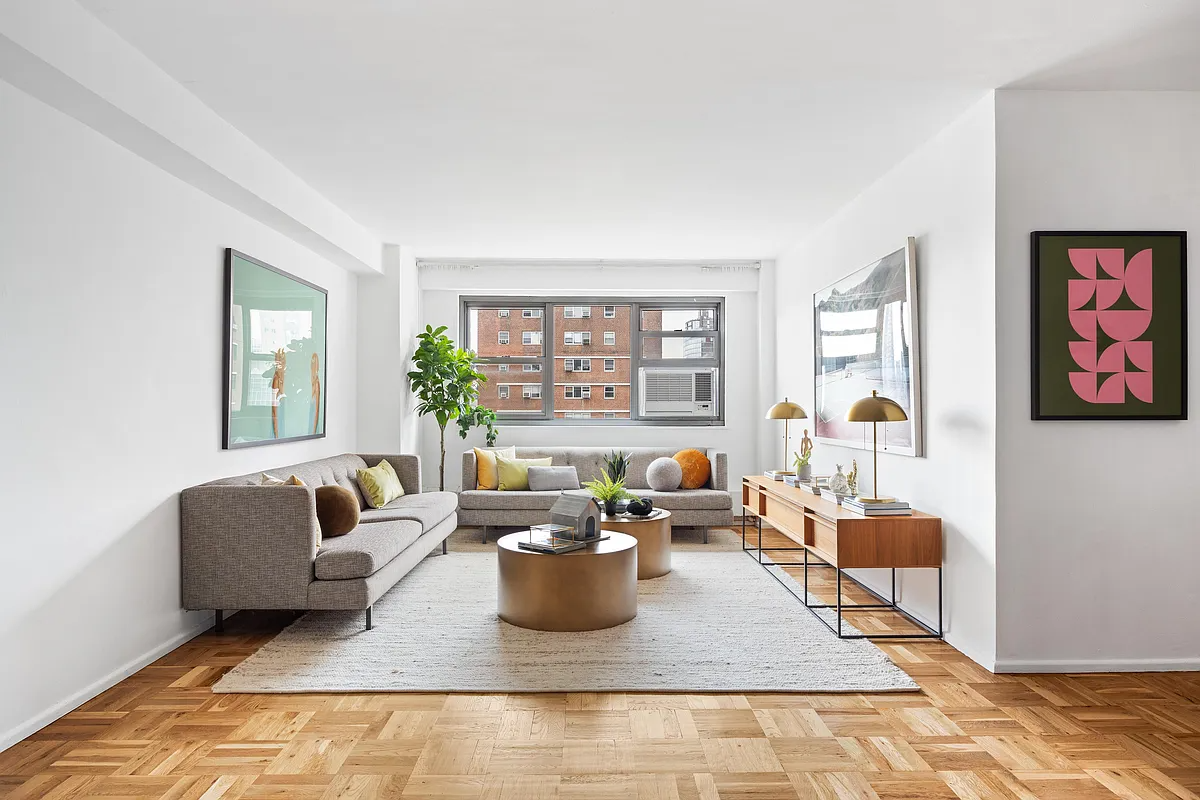Mayor's BQE Panel Rejects Promenade Highway, Says Repairs Must Begin Now
A long-term plan could reduce pollution and knit together communities devastated by Robert Moses’ 20th century highways.

The Brooklyn Heights Promenade in 2018. Photo by Susan De Vries
Mayor de Blasio’s highly anticipated BQE Expert Panel weighed in late Thursday with a plan for the rapidly deteriorating structure. Its recommendations: Immediately begin repair work, reduce lanes from three to two in both directions, and study a long-term solution for the region from Staten Island to Queens.
The venerable and influential Brooklyn Heights Association, which has played a key role in saving the Brooklyn Promenade from becoming a six-lane highway, agreed with the panel’s findings in a statement:
We are very encouraged that the panel has embraced many of the ideas the BHA and the Coalition for the BQE Transformation have been calling for – a comprehensive plan for the entire BQE corridor, traffic demand management strategies including lane reductions, and critically, the coming together of our local, state, and federal officials to make this transformative vision a reality.
The panel’s vision for a long-term solution potentially leaves room for some innovative proposals, such as ones from Mark Baker (the Tri-Line Plan) and Bjarke Ingels Group, to reroute the highway traffic closer to the waterfront and bury it under parkland, thereby reducing pollution and knitting together communities that were devastated by Robert Moses’ 20th Century highway projects. Among its recommendations:
• right-size the road to the traffic and transportation needs
of the future and a well-designed two-lane (in each
direction) highway.
• build a smart road that embeds technology that eases
traffic, communicates in-formation to end users and
penalizes those who violate its rules.
• encourage use of mass transportation, through prioritizing
public transport use of the new road and creating
thoughtful, last-mile planning to the new corridor.
• create alternative transportation opportunities such as
new pedestrian access-ways and bikeways that are safe
and desirable as both commuting routes and recreational
opportunities.
• promote the reconnection of communities that were
severed in the original construction of the BQE while
reinforcing existing neighborhood character.
• minimize local effects from the highway from air pollution
and noise.
• create new urban spaces from remnant property and
reconnect neighborhoods to the waterfront.
• further the City’s green and renewables agenda by
reducing or eliminating car-bon emissions and building with
the greenest materials and technology possible.
What do you think the city should do?

Related Stories
- Innovative New Proposal by Bjarke Ingels Group Excites Residents at BQE Town Hall
- The Promenade Should Stay, Locals Agree. But What Should Be Done With the BQE?
- Hated, Beloved and Highly Used: The Past, Present and Future of the Brooklyn-Transforming BQE
Email tips@brownstoner.com with further comments, questions or tips. Follow Brownstoner on Twitter and Instagram, and like us on Facebook.









What's Your Take? Leave a Comment